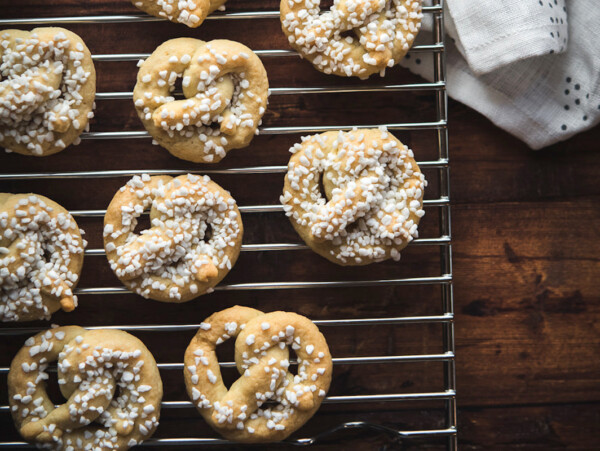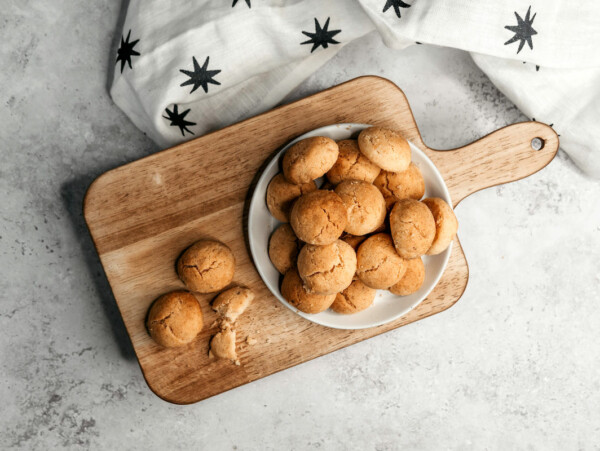This post may contain affiliate links. Please see our disclosure policy.
Vortekager is a traditional spent grain bread made from the leftover brewing grains after making beer. Beer was a mandatory part of Norwegian Christmas historically (actually legally mandated for a time) and the frugal farm families wouldn’t let the spent grains go to waste (especially when they still contained a bit of residual sweetness, which was hard to come by as a Scandinavian peasant).
We’re always looking for ways to use up leftover brewing grain after making homemade beer. Sure, we can feed it to the chickens, or add it to the compost…but waste not want not!
Historically, I can’t imagine that they wasted spent brewing grain. In the past, we’ve made spent grain bread, where the residual sugars in the grains add a bit of sweetness and impart a rustic texture. Clearly we’re not the only ones to think of this.
I just came across a reference to vortekager (also known as vortekake or vorte kake) in the book Keeping Christmas: Yuletide Traditions in Norway and the New Land. I’m loving reading about all the ways my Scandinavian peasant ancestors made Christmas special, even with minimal means.
White flour and sugar were incredibly expensive and not particularly available, and modern in-home ovens (or wood-fired versions) didn’t become common until the 1850s. Before that, treats were made with what you had on hand, and either cooked over the fire on griddles, or in the coals of the fire.
Vortekager is the ultimate frugal treat, making use of the spent brewing grain in a holiday bread. Unlike more modern beers where the grains are filtered out early, historically the grains were left in during the fermentation process. That means they’re fermented and bubbly, providing a bit of leavening for this bread (and also making them more digestible).
There’s still a bit of residual sweetness from the malted grains, something that would have been a real treat.
“Finding a use for even the by-products of brewing, the always resourceful housewife (on the American prairie as in Norway) made vortekager by adding rye flour to the fermented wort. Velben [a Norwegian Immigrant] recalls his mother etching invisible markings in the pastries raw dough, then placing them by the coals after she had allowed a roaring fire to burn down on the hearth (still lacking the cast iron cooking stove that would soon revolutionize food preparation on both sides of the Atlantic). The pastries stayed on the hearth through the night.
The next morning the family awoke to appetizingly browned vortekager, ready to be put away until Christmas Eve, with the once imperceptible markings — family members’ initials, crosses, and other symbols originally relied upon to ward off the hidden people [nisse] but which eventually became merely decorative — now transformed to embossed prominence.”
The next time we make a homemade beer, I’m using the spent grain to try my hand at vortekager.



